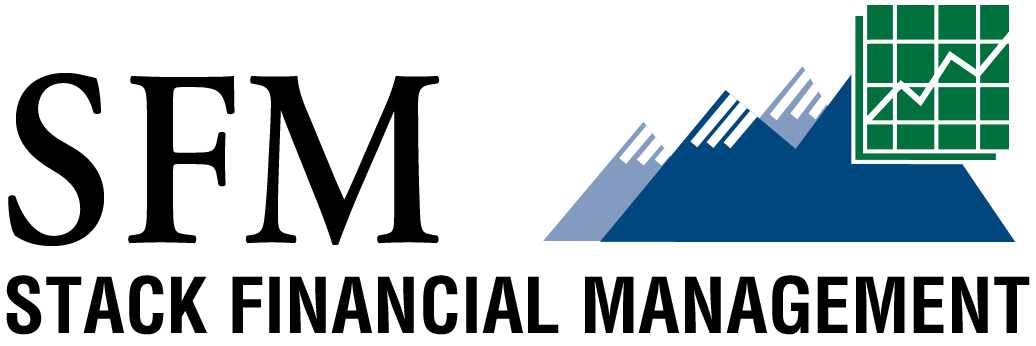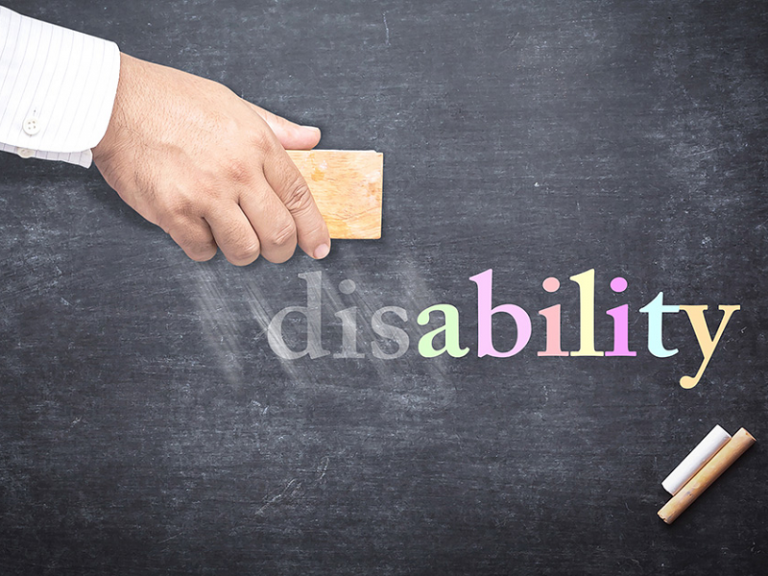Fidelity recently announced a Youth Account program for children ages 13 – 17 to allow them to “spend, save, and invest.” Teens can receive a debit card or connect to payment apps like PayPal or Venmo to make purchases or cash withdrawals. In addition, kids can learn about investing by selecting and purchasing US stocks, ETFs, or mutual funds. Unlike a custodial account (e.g. UTMA), this is a teen-owned brokerage account that allows the youth to make all the investment decisions. To qualify for opening a Youth Account, the parent or guardian must have an existing Fidelity account, which enables them to monitor their child’s transactions online and set up alerts. Once the child turns 18, their assets will transition to a standard retail brokerage account.
Many news sources proclaimed that it was about time and cheered the opportunity it will give kids to learn more about money and investing sooner. However, having your kids jump into choosing their own investments prior to ensuring they understand the basic concepts and risks could be a recipe for disaster. Kids may not grasp all the dangers that are actually involved, especially based on today’s headlines and the constant stock chatter on social media. Our current environment makes it sound like you can’t lose, which isn’t the case. So, we want to give you some things to consider before you rush to open one of these accounts for your kid(s) and tell you a bit more about them.
Investment Options
For kids that are interested in investing and learning more about stocks, ETFs, and mutual funds, a brokerage or retirement account can be a nice entry point. However, it’s important to ensure that any investor understands the risks before making any purchases. They also need to understand the differences between investing and trading. The Fidelity program does offer a Youth Learning Center app with educational content that is simple to understand. Parents should talk to their kids before an account is opened or funded, to ensure readiness and familiarity with the basics first. Another resource to help make learning these concepts more fun is GiveGet, a free gamification tool available online and via an app. If you currently work with a financial professional, you can ask them if they are able to help educate your kids on various financial concepts, too. Many financial professionals offer a variety of services to help younger generations learn the basics of investing and other financial matters, like budgeting and debt. Since financial education courses are not required in most states, do what you can to help your kids feel more confident about money and investing. Make sure they understand the potential risks that come with it before letting them dive in.
The Kiddie Tax
The Kiddie Tax is a special tax law that was created in 1986 to address investment and unearned income for those children 19 years old and younger (or full-time, dependent students under 23).
Kiddie Tax Rule (as of May 2021)
- First $1,100 of child’s unearned income qualifies for a standard deduction and no tax is owed.
- Second $1,100 of unearned income is taxed at the child’s income tax rate (typically very low and sometimes zero).
- Anything above the $2,200 of unearned income is then taxed at the parent’s (or guardian’s) income tax rate.
Assets and FAFSA
Another thing to keep in mind when it comes to brokerage accounts, outside of taxes, is the fact that these assets must be reported on the Free Application for Federal Student Aid (FAFSA). Anyone planning on going to college in the following academic year should fill out a FAFSA. The family doesn’t have to be low income to qualify for aid, and the student automatically qualifies for a low-interest federal loan by submitting the FAFSA. Many work-study programs and certain scholarships require the FAFSA, too. This is an important topic when it comes to thinking of assets in the child’s name because their assets versus a parent’s assets are counted differently. A child’s assets are counted at 20% when determining financial aid eligibility, while the parent’s assets (after the $10,500 protection allowance for 2021) are counted at a rate of 5.6%. It is something to note when considering college funding and any potential aid that could be received.
IRAs and Roth IRAs
If the child has any form of earned income, opening an IRA or Roth IRA is another way to help them save and limit any Kiddie Tax. These accounts help them learn the importance of saving for the long-term early on, while also giving them investment education and a head start on saving for retirement. Since most children are typically in a very low tax bracket, a Roth is usually the more advantageous account as any tax-deduction benefits of contributing to a regular IRA are not likely to amount to much. It’s a good idea to have your CPA give any input on this as well, especially if your child has substantial earned income in any year.
Things to know about IRAs and Roth IRAs
- The maximum contribution for an IRA or Roth IRA in 2021 is the lesser of the child’s total earned income or $6,000.
- Earnings in an IRA grow tax-deferred, and distributions are taxed at current income tax rates.
- Earnings in a Roth IRA grow tax-deferred and qualified distributions are tax and penalty-free.
- There is a 10% early withdrawal penalty on non-qualified distributions, prior to turning 59½.
- These accounts do not need to be reported on FAFSA.
Gift Tax Exemption (2021)
- Each parent can gift their child up to $15,000 without having to file a gift tax form with their taxes.
- Any amounts over this limit must be reported on Form 709, when you file your taxes.
Those in the financial industry have long known there is a serious lack of financial education in our country, but not much has been done about it. Fidelity’s introduction of “Youth Accounts” is a small step in the right direction to help improve our children’s financial knowledge. However, there are other alternatives, including custodial accounts and tax-deferred IRAs, that accomplish the same educational objective and might be more appropriate and easier for parental oversight and guidance.
We are here to help you and your children, and happy to give you information to ensure your entire family is on the right path and not taking on unnecessary risks. Please contact us with any questions.




